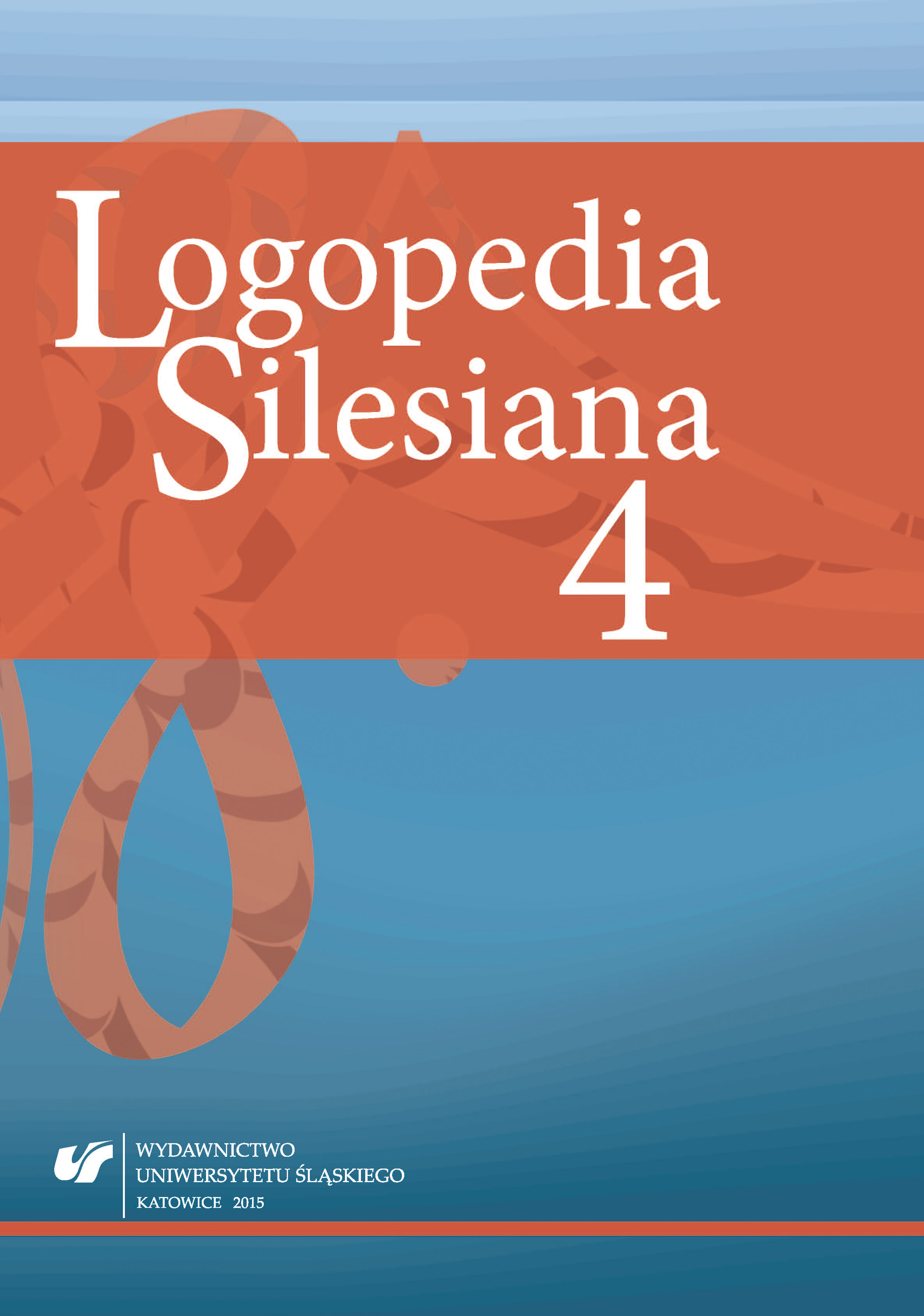Zastosowanie nowych technik w diagnostyce, terapii i rehabilitacji osób z wadą słuchu
New Techniques in Diagnostics, Treatment and Rehabilitation of People with Hearing Disorders
Author(s): Irena Urban, Piotr H. SkarżyńskiSubject(s): Language and Literature Studies, Theoretical Linguistics, Applied Linguistics, Psycholinguistics
Published by: Wydawnictwo Uniwersytetu Śląskiego
Keywords: hearing loss; partial deafness; cochlear implant; hearing diagnostics; telerehabilitation
Summary/Abstract: The article presents a review of objective methods of hearing diagnostics. Methods of hearing loss and partial deafness treatment (PDT) by means of hearing implants are also discussed in the study. Due to the surgical treatment, the results of hearing preservation in patients undergoing partial deafness treatment (PDT) enable the efficient use of acoustic components. The results of speech comprehension achieve 100% in silence and about 68% in noise at a level of 65 dB SPL. The paper outlines the post-operative care and rehabilitation of patients with a cochlear implant (the care of multiple specialists, auditory-verbal therapy, telerehabilitation). National teleaudiology network connecting numerous centres is one of the elements improving the effectiveness of the therapy. It allows patients to get necessary care close to their homes and – what is more important – to be less tired (which is especially important in the case of children) during the rehabilitation. The article also underlines the influence of technological progress, which with proper surgical technique allows patients that were treated early enough (prelingual deafness) to attend general, not special, schools. One of the important results of the therapy with cochlear implants is that many users of cochlear implants graduate from universities.
Journal: Logopedia Silesiana
- Issue Year: 2015
- Issue No: 4
- Page Range: 113-139
- Page Count: 27
- Language: Polish

